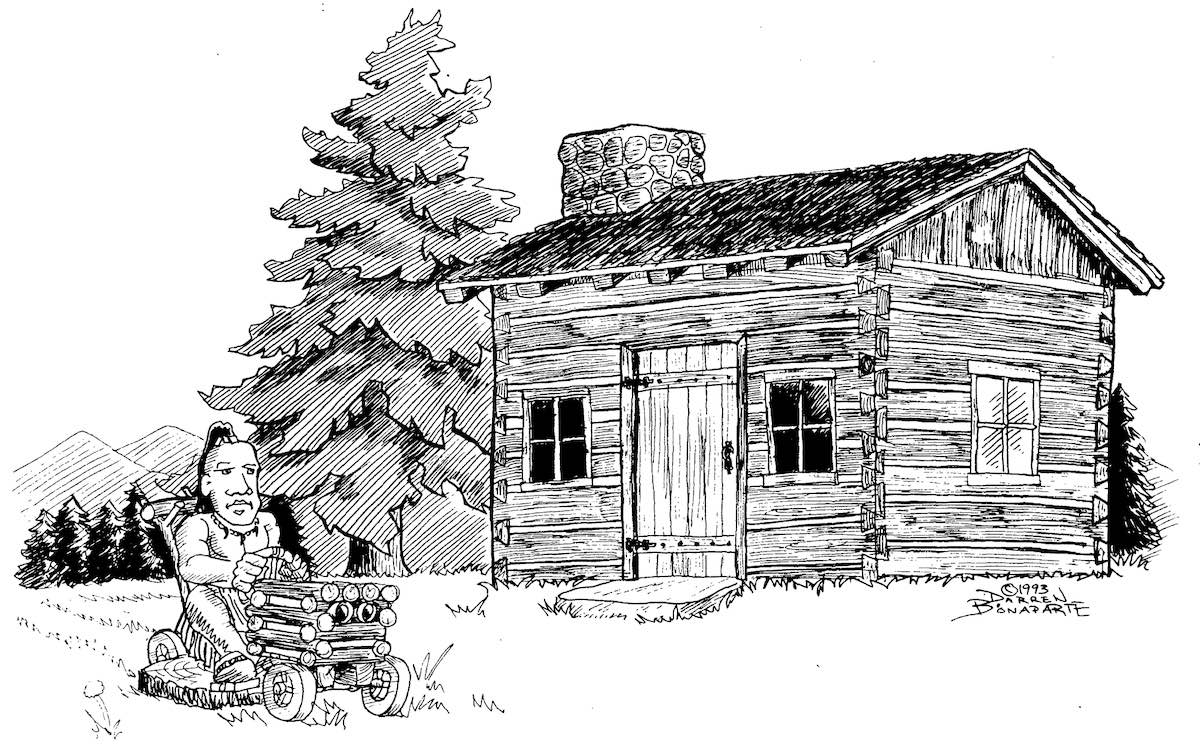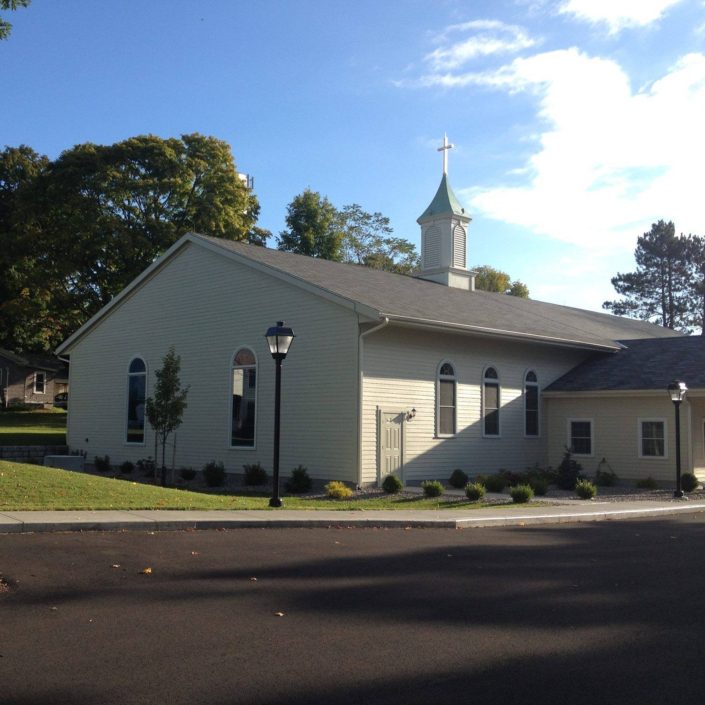Mohawk Valley Migration to Akwesasne
From the Land of Flint to the Land Where the Partridge Drums The Migration from the Mohawk Valley to Kahnawake and Akwesasne
by Darren Bonaparte
Although the Kahnawake migration figures prominently in the historical record, Mohawk oral historians insist that some families from the Mohawk Valley moved into the area either before the Kahnawake migration or shortly thereafter. Little documentation exists as to which came first, the Mohawk Valley families or the group from Kahnawake. One Mohawk oral tradition maintains that the first permanent settlers kept an eye on the St. Lawrence River for the canoes of “enemy scalping parries” coming from the Niagara area. These Indians may have been allies of the French, who had a fort there until 1759. This would suggest that the first permanent settlers came from the Mohawk Valley via the St. Regis River, the Raquette River, and/or other water routes, but there is little evidence to support this and no date is given for their arrival. Yet another tradition maintains that the Kahnawake migrants found a canoe marked with the symbol of the wolf clan and knew that they had relatives in the area. (NAITC1978:61)
Mohawk elders maintain that Akwesasne had always been used as a summer hunting ground prior to the “founding” in 1755, and they point to the archeological sites on various islands that go back thousands of years as proof.
Another clue comes from the Governor of New France, Duquesne, who stated in a letter to his superiors that the reason he promoted the establishment of the St. Regis mission was to encourage further Mohawk and Haudenosaunee migration from the British influences in the Mohawk Valley, not to provide a new settlement for the overcrowded Kahnawake families. (DRCHSNY 10:301) His goal was to strengthen the French frontier while at the same time weaken Britain’s hold on her Haudenosaunee allies.
Although the French government’s motives were at times at odds with the motives of the French Jesuits, in this case they managed to serve each other’s purposes at the same time as their own. The Kahnawake families who moved to Akwesasne may have been seen as an enticement for Mohawks in the south to migrate north. Since there was a great deal of communication between the two groups, the people in the Mohawk Valley were aware that Kahnawake was overcrowded. Therefore, the settlement at Akwesasne was preferable.
Some may argue, however, that if a large scale migration from the Mohawk Valley did occur, it surely would have been noted with much concern by the “Mohawk Baronet” William Johnson, whose main priority–was to assure a strong Mohawk fighting force for the English in the region near Albany. Akwesasne was located directly on the frontier of New France at the St. Lawrence River, so if there had been a Mohawk Valley migration to this area, it had to have been very limited to escape the watchful eye of the Hawkish Johnson. In this respect, the historical record offers little evidence to determine when and to what extent the Mohawk Valley migration occurred, if it really did. We do know, from Duquesne’s letter of July 6, 1754, that negotiations with Mohawk leaders did take place in Montreal and that the Mohawks were willing to leave the Mohawk Valley to join their Kahnawake kin at Akwesasne:
“My negotiations with the Mohawks succeeds admirably, as you will see by their propositions, but they cannot settle in the village of the Sault St. Louis, because the lands in that quarter are exhausted, so that more than thirty families belonging to that mission, being unable to collect wherewithal to feed themselves, are going to settle at Lake St. Francis, twenty leagues above Montreal, on the south side, where there are very good lands; the Mohawks have agreed with these thirty families to go and settle their village at this place, whither a missionary will accompany them…” (DRCHSNY 10:266-267)
The Mohawk people continued to be pawns in the political chess game between the French and English, as were other natives. The historical record is quite clear about two other migrations that happened as a result of the British northward campaign against New France in the last years of the Great War for Empire. As we will see, these migrations brought Christian Abenakis, Onondagas, Oneidas, and Cayugas to The Land Where The Partridge Drums.

Illustration by Darren Bonaparte, 1993.
By Darren Bonaparte, historian and author of The Wampum Chronicles. Reprinted with permission.
Darren Bonaparte is a cultural historian from the Akwesasne First Nation. He is a frequent lecturer at schools, universities, museums, and historical sites in the United States and Canada. He has written four books, several articles, and the libretto for the McGill Chamber Orchestra’s Aboriginal Visions and Voices. Darren is a former chief of the Mohawk Council of Akwesasne. He is the creator of The Wampum Chronicles and historical advisor to film and television. He currently serves as the Director of the Tribal Historic Preservation Office of the Saint Regis Mohawk Tribe.
Next week: The Oswegatchie Migration














